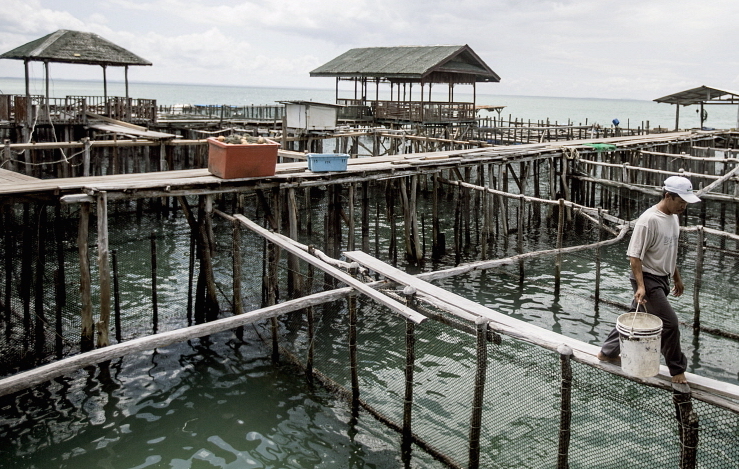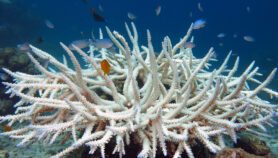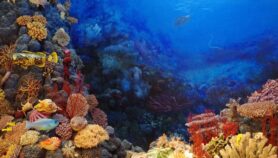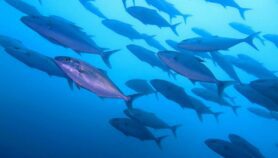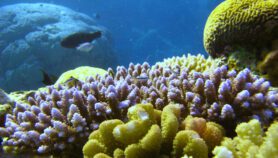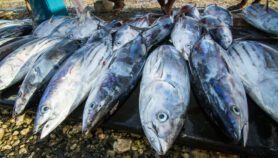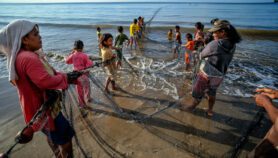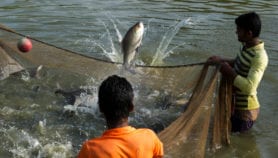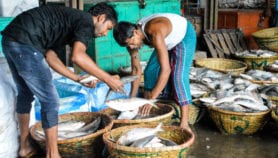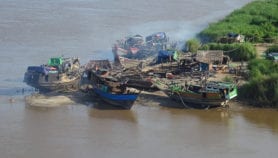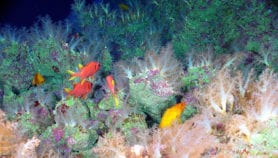Send to a friend
The details you provide on this page will not be used to send unsolicited email, and will not be sold to a 3rd party. See privacy policy.
[MANILA] Abnormalities have been observed in reproductive systems of male common carp in this country’s biggest lake, Laguna de Bay, and the anomalies are suspected be caused by “elevated amounts” of pollutants in the major freshwater resource.
A recently released study says untreated domestic wastes dumped into Laguna de Bay, which straddles several cities and towns around Metro Manila, appears to have been causing abnormalities such as testicular degeneration in male common carp (Cyprinus carpio Linnaeus).
The abnormalities can result in male infertility, which “may have important implications on the sustainability of fish populations” in the lake, says Michelle Grace Paraso, an associate professor at the University of the Philippines Los Baños, College of Veterinary Medicine who conducted the study.
Paraso says the pollutants she found in the lake water are in the form of xenoestrogens, a foreign substance or mixture that can alter the functions of endocrine or hormone producing organs.
Paraso points out to SciDev.Net that “in humans, xenoestrogen exposure has been linked to low sperm count, precocious puberty and increased incidence of cancer in estrogen-sensitive tissues [such as in the breast]. In wildlife, exposure has been linked to reproductive abnormalities and population decline.”
But, she adds, “these [pieces of] experimental evidence still need to be supported by epidemiological studies.” She plans to conduct further research on the effects of xenoestrogens including implications of consuming the affected fish in the lake.
From the result of her research, Paraso proposes actions such as the strict implementation of existing environmental laws, standards and regulations that can minimise the release of xenoestrogens into the environment, and the establishment of municipal sewage treatment plants since only 10 per cent of wastewater in the Philippines is being treated and only 5 per cent of the population is connected to a sewerage system.
She also urged the integration of filtration methods like ozonation and activated carbon treatment with wastewater treatment plants as these, she says, can effectively remove xenoestrogens from wastewater.
Valeriano Corre Jr, a professor and aquaculturist from the Institute of Aquaculture in the College of Fisheries and Ocean Sciences of the University of the Philippines Visayas, confirms the situation in Laguna de Bay is caused by pollution from both domestic and industrial wastes.
Corre says the situation can be reversed by restricting the dumping of wastes and reducing the present volume of fish pens and cages in the lake.
If pollution continues, the fish industry will suffer and fishers’ incomes will fall. “That will be a social problem as it can make the people resort to other illegal activities,” Corre adds.
This piece was produced by SciDev.Net’s South-East Asia & Pacific desk.


